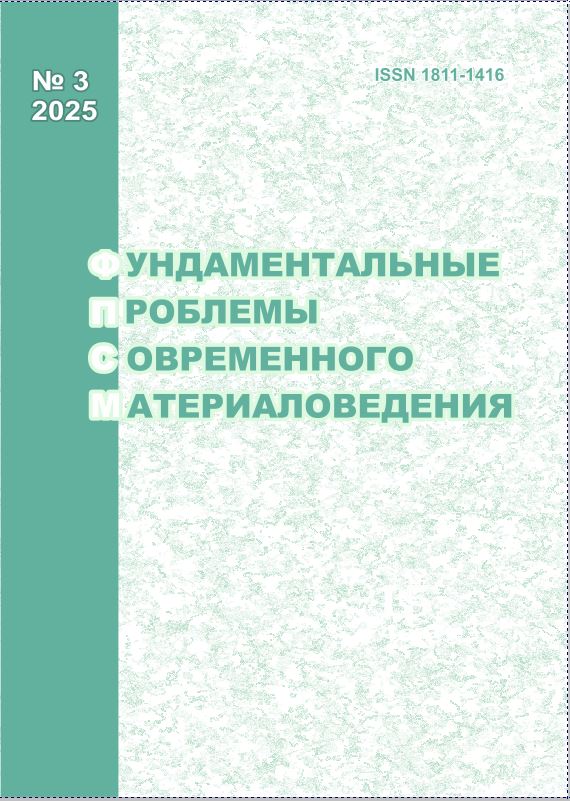PULSE CURRENT TREATMENT OF GRADE 5 TITANIUM PLATES AFTER BENDING TO REDUCE SPRINGBACK EFFECT
10.25712/ASTU.1811-1416.2025.03.008
Keywords:
springback, bending, grade 5 titanium alloy, current pulse treatmentAbstract
Springback in titanium alloys after bending remains a significant technological challenge in aero-space, medical and other industries. This study investigates the possibility of reducing springback in grade 5 titani-um alloy plates using post-deformation electropulsing treatment. Unlike conventional approaches requiring work-piece heating, the proposed technology involves applying pulsed current through tooling (die and punch), signifi-cantly simplifying the process. Experiments were conducted on samples with thicknesses of 0.77 and 2.1 mm and width of 4 mm at voltages on the capacitor battery of 100-180 V and pulse numbers ranging from 1 to 10. The re-sults demonstrated that for thin plates (0.77 mm), properly selected treatment parameters can completely eliminate springback, while for thicker samples the recovery angle decreases from 107-109.5° to 100°. SEM microstructural analysis revealed that springback reduction is associated with the α→β phase transformation in the plastic defor-mation zone, as well as surface layer enrichment with iron (up to 14-16 wt.%) due to steel punch erosion. The ob-tained results demonstrate the promise of electropulse treatment as a technological method for controlling geometric accuracy of titanium alloy products, combining springback suppression with surface layer chemical modification.











 Journal «Fundamental’nye problemy sovremennogo materialovedenia / Basic Problems of Material Science»
Journal «Fundamental’nye problemy sovremennogo materialovedenia / Basic Problems of Material Science» This work is licensed under a
This work is licensed under a 
